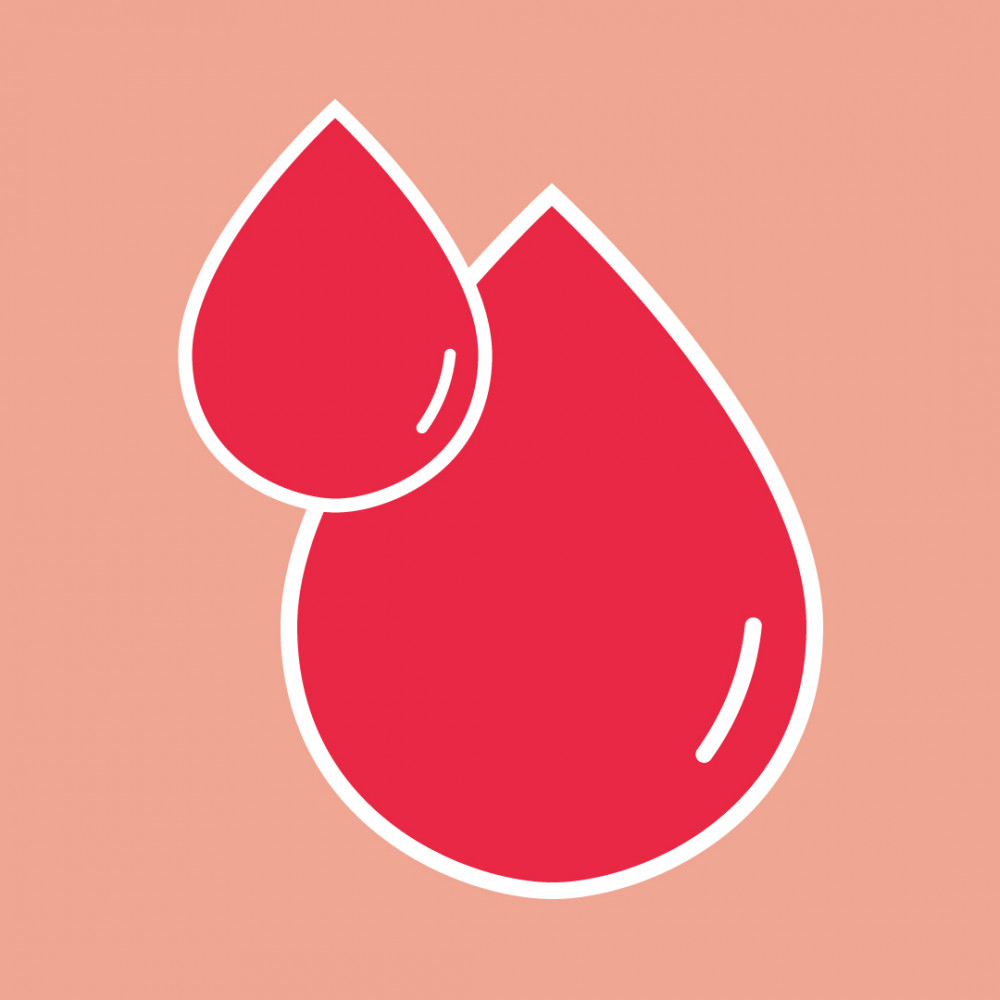Spotting is the name for light vaginal bleeding that happens at a time during your cycle when you are not expecting it, ie, it’s nothing to do with your period. You might notice a little stain in your undies or on toilet paper. Its proper name is ‘intermenstrual bleeding’ and there are heaps of reasons it might happen. Some of them are nothing to worry about, but others could be more serious, so what do we always say? Get your doc to check it out and put your mind at ease. In the meantime, here’s a little round-up of the most likely causes.
1. The pill This is the number one reason for spotting. In fact any type of hormonal birth control can set it off, so that includes patches, injections and implants. When you first start using it, or you change your dose, or forget to take a pill, your hormone levels fluctuate and this can trigger breakthrough bleeding at any time of the month.
2. Ovulation A small number of women (around three per cent) experience spotting at ovulation, when the egg breaks through the follicle and starts its descent. Ovulation spotting can be light pink to red, and lasts for up to two days in the middle of your cycle. Some people experience it every month, others just every now and then. If you’re trying to get pregnant, it can be very handy.
3. Implantation Spotting can also be a very early sign of pregnancy. It can happen (although not often) when a fertilised egg attaches itself to the lining of your uterus. Implantation bleeding happens a few days before your period is due and for that reason, can be mistaken for menstruation. In fact though, it’s much lighter and shorter than a typical period. (About 20 per cent of pregnant women experience some form of spotting in the first trimester.)
4. Trauma Damage to the vagina or cervix can sometimes cause irregular spotting. This can be due to a pelvic exam or over enthusiastic sex. It can also happen if you are assaulted :( , in which case you need help and support, so please call 1800 RESPECT.
5. Cervical polyps Polyps are small tissue growths that can occur in a number of places, including the cervix and uterus. While they are abnormal, most polyps are not a sign of anything dreadful. You might not even know about them, but they may cause light bleeding between periods, or after sex. Your doctor can see cervical polyps during a routine examination and if they are bothersome, they can easily be removed.
6. STIs Chlamydia and gonorrhea can cause spotting. Chances are you will have other symptoms including itching, discharge, pelvic pain or a burning sensation when you wee. Most STIs can be treated with minimal complications when caught early. If infection is allowed to spread to your ovaries or uterus, you can develop pelvic inflammatory disease (PID), and bleeding is a common symptom of this too. Get it checked out, GF.
And the rest: Other suspects behind spotting include fibroids, endometriosis, polycystic ovary syndrome (PCOS), stress, certain medications, an underactive thyroid, and a whole range of underlying medical conditions. So don’t waste time trying to self-diagnose! Ask the experts.




